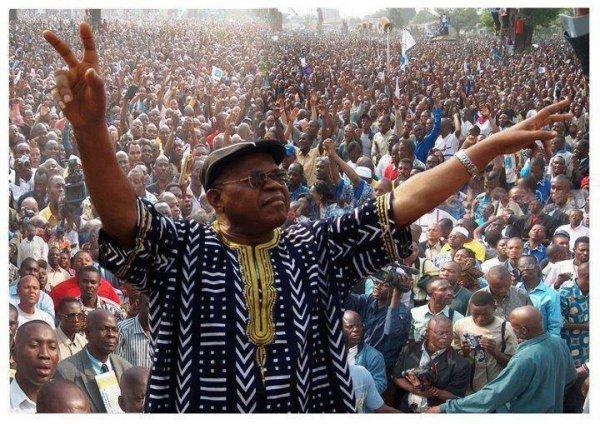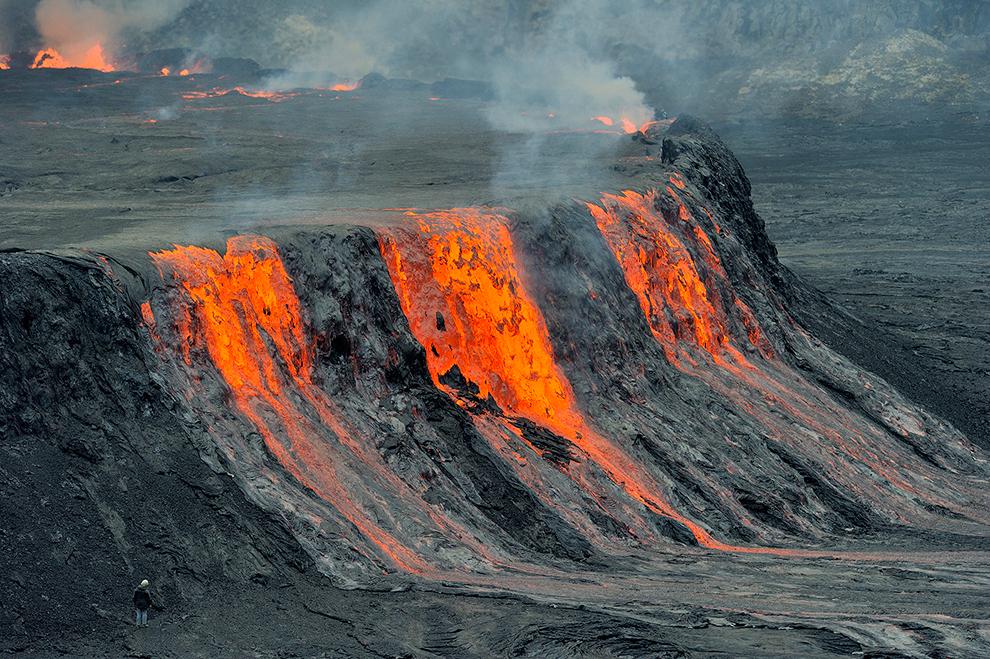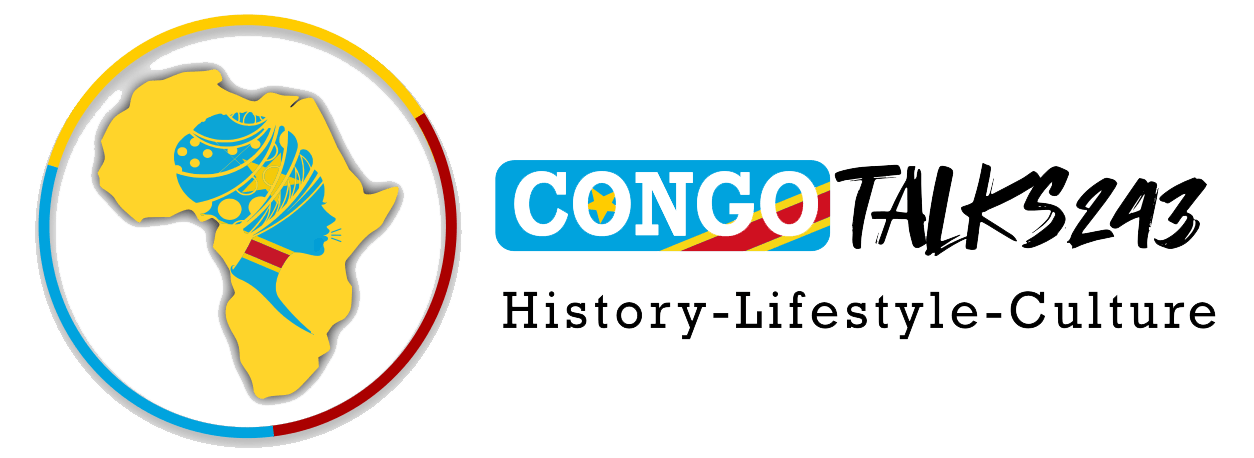THE CONGO’S MOST POPULAR OPPOSITION LEADER ÉTIENNE TSHISEKEDI WA MULUMBA

Etienne TSHISEKEDI WA MULUMBA, born on December 14, 1932, in Kananga, is one of the prominent figures who shaped the political history of the DRC. Supporters would say that he fought until the end. We have talked about the pre-colonial history of the DRC in different articles but now we will discover the post-colonial history […]
6 BREATHTAKING PLACES IN THE DEMOCRATIC REPUBLIC OF THE CONGO!

Let us show you 6 breathtaking places you won’t believe existed in the DR Congo. The Democratic Republic of Congo is a country very rich in natural resources and most other countries envy it for this fact – yes, they do! Grassy mountains, dense forests, hills, amazing waterfalls, lakes, and biodiversity have so much to […]
